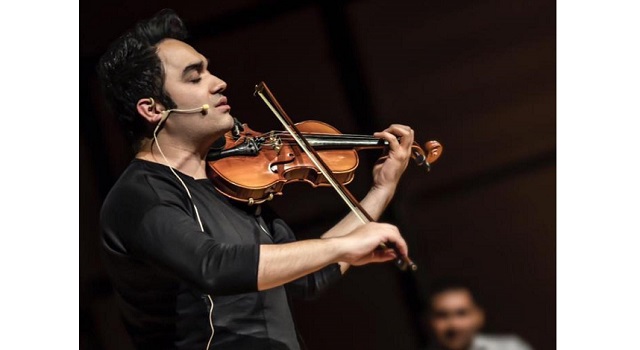Ehsan Neyzan Workshop, Examining the Application of Free Improvisations Based on Methodical Traditions

The tradition of free improvisation is one of the most fascinating topics for those who follow the principles of performing ancient music, especially Baroque music. Applying this type of improvisation to pieces related to a particular period requires knowledge and attitude to enable the musician to improvise based on the structure of the music without departing from the principles and tastes of the same period. To understand the principles, concepts, and musical sense of the period from years ago, musicologists based most of their primary sources (including musical notes and theoretical writings) on their work. Twelve Thelmann Methodical Sonatas for Flute or Violin with Basso Contino by George Philip Telman The note or sentence based on the role it plays in the piece of music and also avoiding reaching a single answer and instead showing different ways of improvisation based on similar ideas, the singer can get practical information on this subject.
In ancient music, especially in the classical period and before that, it was customary for musicians to add ornaments to the piece in some situations, and composers were not aware of this and did not write ornaments in their pieces while waiting. It was performed by a musician, so knowing the types and having a relative mastery of ornaments is also necessary for musicians.
Another type of ornament is called free or improvised ornaments, which the composer freely adds to the musical effect while performing the piece. Of course, there are limitations to this practice. The creation of these ornaments was done in different ways, which were influenced by various factors such as the personal taste of the musician, form, time and regional style, and different melodies to the effect of figures, including adding profiles (usually musical).
Due to their wide variety, Exact category or mark cannot be provided. When adding ornaments, it should be noted that the ornaments should be correct and consistent with the sensory and semantic doctrine of the piece in terms of sensory and semantic effect, and should be in the right place in terms of grammar. Therefore, the musician must have a sufficient mastery of the text (music) in terms of history and information. For example, regional-geographical differences are of particular importance in the Baroque period. In the early Baroque period, the French wrote most of the ornaments themselves, and optional decorations were much less important and quantitative.